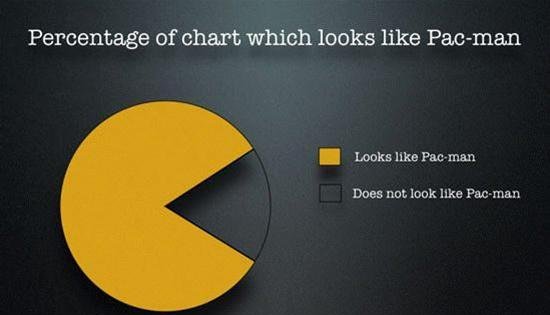Originally posted on LinkedIn Pulse by Rob Clark
Share of voice is not a very good metric for public relations. In my professional opinion, the metric is useless.
Share of voice as a marketing metric provides quite useful strategic information on what your competitors are doing. Ad space is finite and there is a very well known and understood cost associated with running those ads. By examining how much ad space your competitors are purchasing you have a very good understanding of their marketing budgets as well as the demographs and geographic regions they’re targeting.
It is no great secret that measurement has not been a strong suit for public relations, with many agencies and clients still favouring exposure metrics and outputs over outcomes. Somewhere along the way, the share of voice metric was latched onto without a full understanding of how marketing was using the measure. The result being an effort to track the share of earned mentions. But the measure doesn’t translate well in earned media. While ad space is finite, editorial space is, for all intents and purposes, infinite. Especially when you throw into the mix digital coverage and social media. Likewise, there is no direct relation to the amount of money spent on trying to generate earned coverage and the amount of coverage received.
While the volume of mentions has some value, tracking your share of coverage gives you no useful, actionable information. The metric always implies that the best course of action is to make more noise and be louder. Last autumn, you could easily be mistaken into thinking Centerplate was winning based on their dominating share of voice, but you’ll be shown the door fast if you recommend that your own CEO kick a puppy to regain your share. Any metric that makes failure look like success is too dangerous to use.
However, there are a couple of ways to adapt share of voice measures for social media to gain strategic information on par with what the marketing team enjoys. Rather than identifying who had the most noise around their brand, you can have a clear view into how efficient your competitors are at generating engagement among their audience and an accurate estimate as to what their budget for content creation is.
Rather than trying to identify every tweet or status update in the whole wide world that included a brand mention, focus your sights on the owned channels. These are the profiles directly managed by a brand. What you want to be tracking is the volume and type of content for all of their outputs, and the volume of direct responses and messages aimed at those owned channels.
By looking at the ratio of outputs to responses you can immediately get a sense of how efficient each brand is at generating action from their audience. By segmenting the response by type of content generated you can see which approach is consistently resonating with the audiences. The aggregate can give you a benchmark for your industry to gauge your own success at generating engagement. Specific outlier events can point you to what will ignite conversation or snuff it out entirely.
By knowing the total output of your competitors and the makeup of that content, you have an excellent window into the resources they are throwing behind their social media efforts. You know from your own channels what it costs in terms of time and dollars. Using that as a base, it is straightforward extrapolation to provide you with a reasonably accurate read on your competitor’s budget.
Tracking this information on a regular basis will arm you with the knowledge of how much your competitors are spending, what content and platforms they’re throwing the most resources behind, and which content and platforms are delivering the most response.
What works and what doesn’t. Your competitor’s budget and how they’re applying it. Now that is information that you can make solid decisions against.
__
Rob Clark is a storyteller and problem solver. Once upon a time he told his stories through words and pictures on the printed page. These days his medium is in facts, data and information; quantifying the intangible so that brands can better tell their story. You can find his missives and musings online at theelusivefish.com or follow him on Twitter @theelusivefish.
2024 State of Marketing Report
Your golden ticket to crush your goals with data-driven insights!
2024 State of Marketing Report
Your golden ticket to crush your goals with data-driven insights!

![[Rock NA] State of Marketing Reports 2024 – Comkt Hubspot State of Marketing Report 2024](https://rockcontent.com/wp-content/uploads/2022/07/Banner-Fino-Rock-Convert-2500-%C3%97-500-px-19.png)






